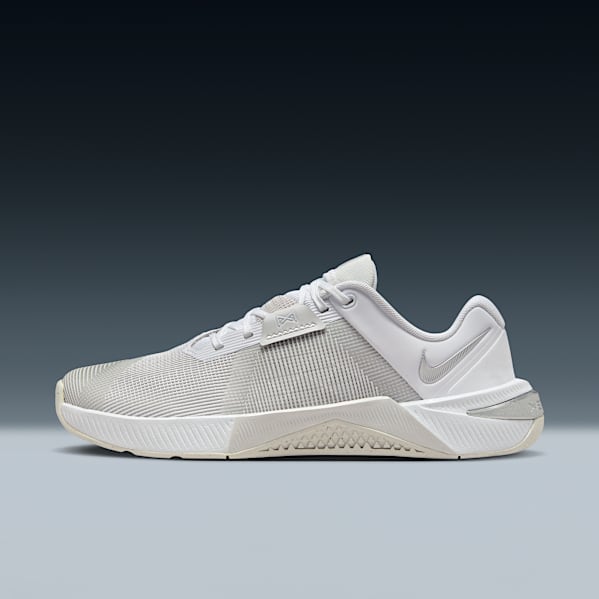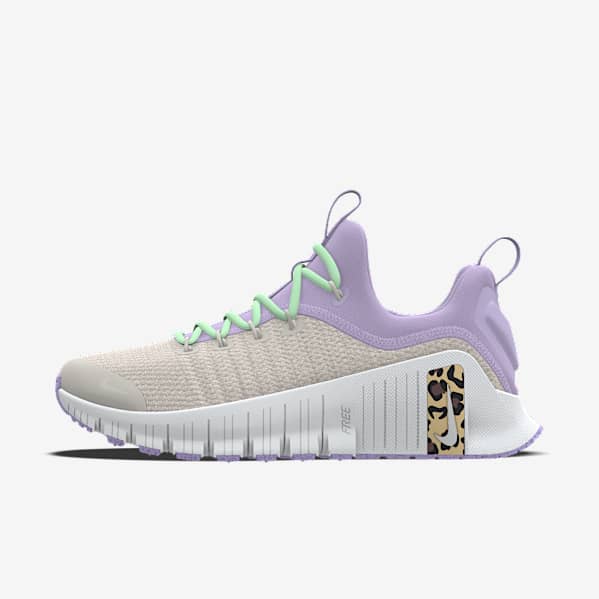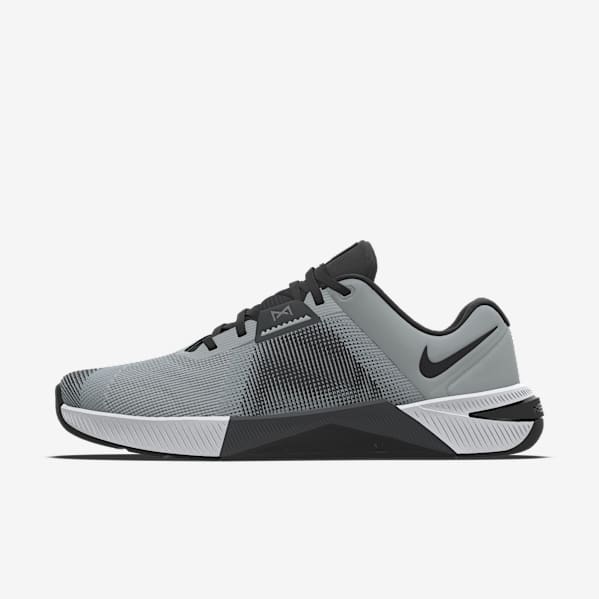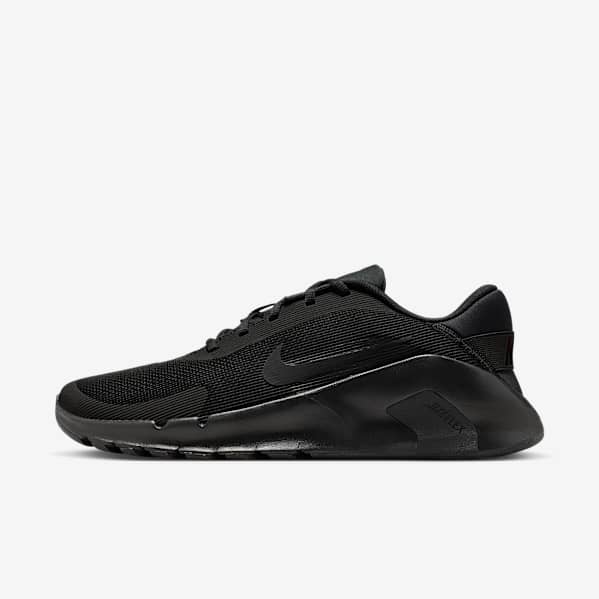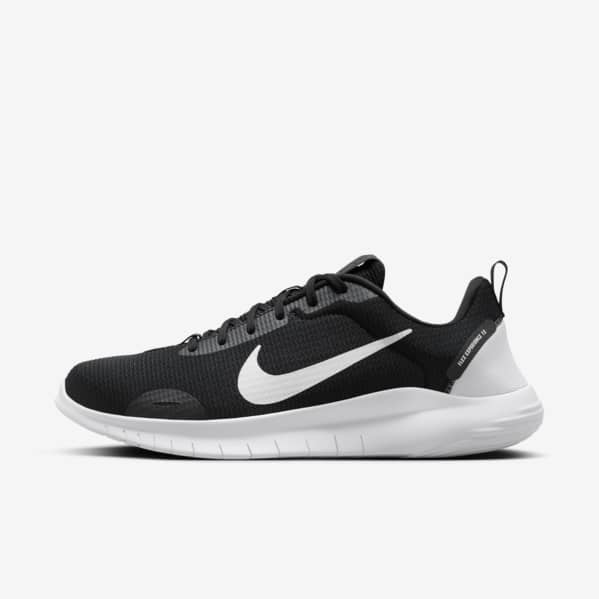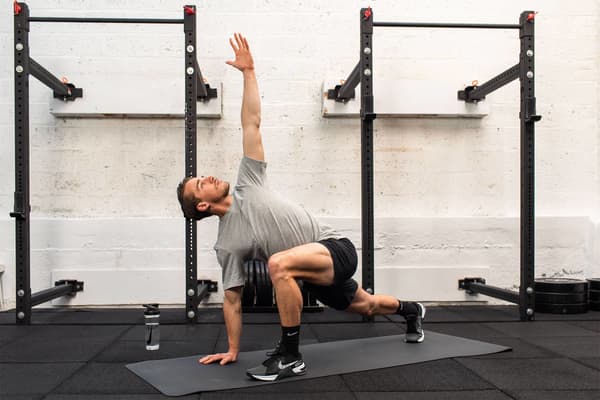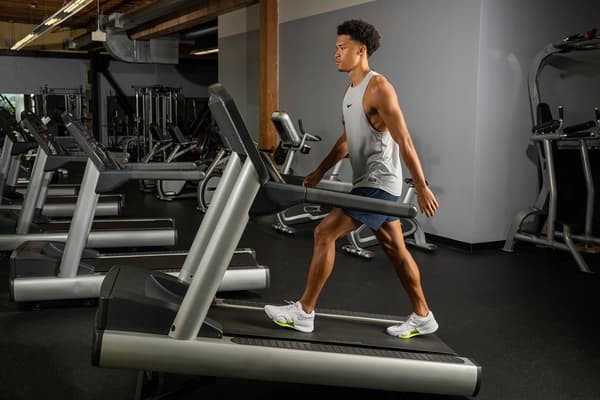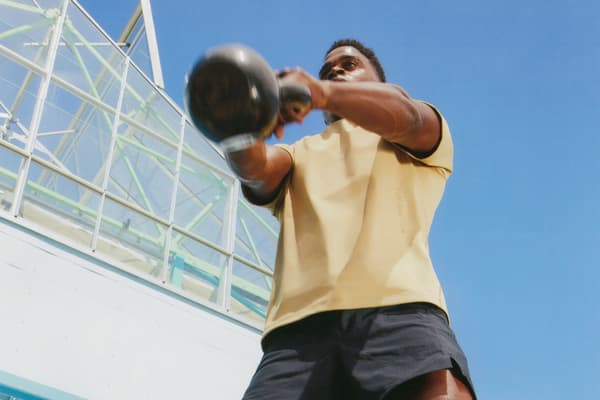How to Start Weightlifting, According to Trainers
Sport & Activity
Personal trainers explain how you can start a strength training routine safely.

If you want to get good at something, practice, consistency and patience can go a long way. If beginning to lift weights is on your radar, it's beneficial to have a plan—otherwise known as a programme—designed by a strength training coach or a certified personal trainer locked in place.
Below, personal trainers Miguel Alemar, ACSM CPT, and Lexa Henwood, NASM CPT and functional strength coach, provide tips on how to start lifting weights and help you feel empowered.
How to Start Lifting
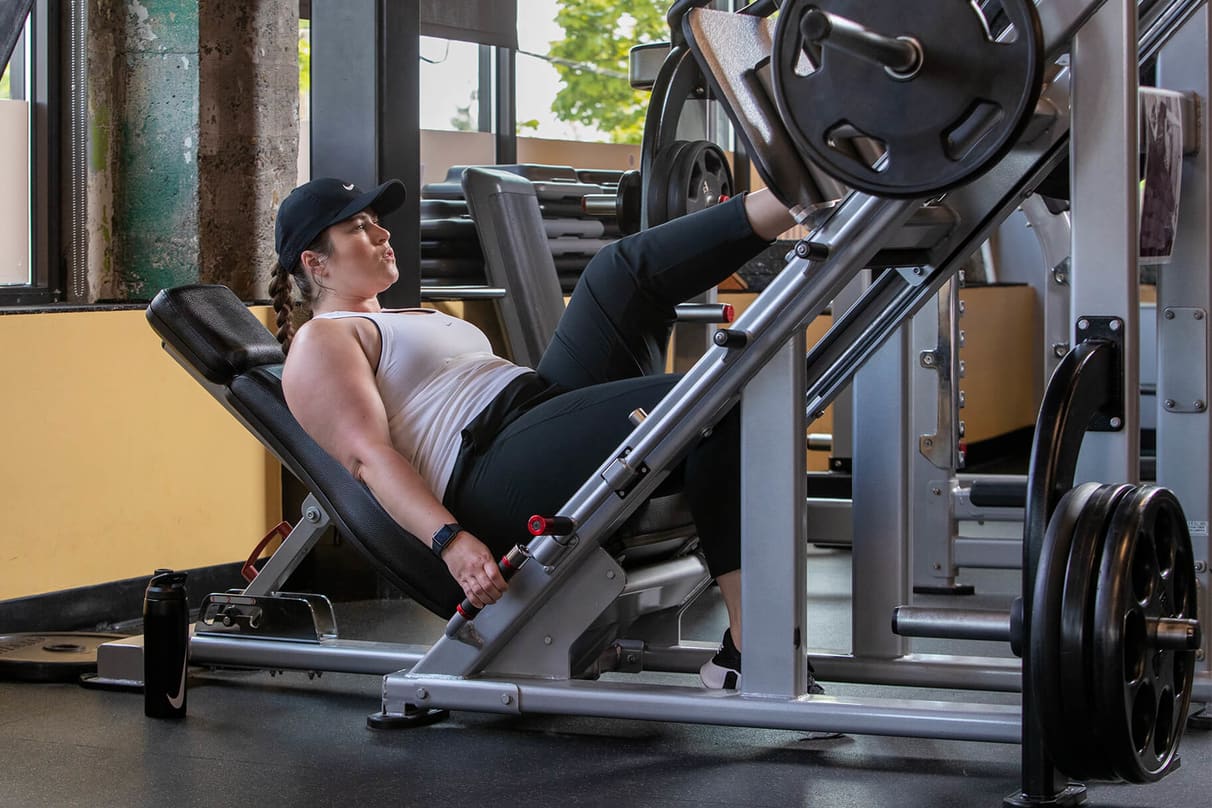
Step 1: Ask For Guidance From a Professional
Before you hit the weights, consider working with a professional such as a certified trainer, sports performance coach or physiotherapist who can take you through a movement assessment. During these introductory sessions, you'll discuss any past or current injuries and related pain. The assessment will also help the trainer understand your unique movement patterns. It may even call attention to any muscle imbalances, dominant muscle groups and other areas that could benefit from strengthening or require special attention.
"I think people would avoid injury a little bit better if they knew exactly what's going on in their body", Henwood said. Working with a personal trainer can help you explore this on a deeper level. You may even come to find that you can do movements you previously thought you couldn't perform at a lower threshold. If a trainer isn't in your budget, you can find examples of various movement assessments you can put yourself through (some will require an extra set of hands), via platforms such as YouTube or Instagram—just make sure you vet the trainer first.
When looking for a trainer, ensure that the person is certified through an accredited body. You should also look for a trainer that specialises in the type of weightlifting you want to do. If you're unsure, ask potential trainers if they offer consultations where you can learn more about their training style and philosophy, get a feel for their vibe and ask any questions you may have about working together. Additionally, a trainer that provides you with feedback, such as adjusting your form and giving you cues when lifting, is a good sign.
Step 2: Get Familiar With the Movements—Without Weights
After a movement assessment, it's time to start training. There's nothing wrong with wanting to start with free weights, but if you're new to weightlifting or you've taken some time off, you can't go wrong beginning with body weight movements.
"Mastering some body weight exercises will introduce you to the movement patterns you need to lift weights", Alemar said. Once you're familiar with body weight movements and are ready to progress, you can start training with machines or free weights, depending on your comfort level and access.
(Related: So, What's a Callisthenics Workout, Anyway?)
Step 3: Add Equipment
The benefits of utilising strength machines, such as the assisted squat machine or seated leg curl machine, are to get familiar with the movement and your body under a load, while also being able to build strength before advancing to free weights.
"Machines can be really useful for beginners because they take some of the technique and stability requirements out of the equation. This is perfect for someone just starting out or who is maybe older or has suffered some injuries", Alemar said.
If you don't have access to a gym or unlimited equipment, there are ways to make modifications. It might just take some creativity. If you aren't familiar with modifications, another option is to search for a specific exercise followed by "modifications" or consult an expert such as a trainer. For example, if you don't have access to a squat machine, you can perform squats with dumbbells, a kettlebell or household objects such as a bottle of laundry detergent.
Alemar recommended using the lying leg curl, horizontal leg press, seated cable row and seated chest press machines. These machines are beginner friendly and cover one of the main movement patterns (push, pull, hinge, squat), he said.
You can implement these exercises into your routine individually or you can make a workout out of these four exercises by performing three sets and using a weight that will allow you to perform eight to 12 reps properly, Alemar said. When in doubt, always start with a lighter weight and increase gradually, versus choosing a weight that's too heavy and running the risk of injury or performing the movement wrong.
With the help of a trainer—or a video series created by trustworthy trainers—you could also introduce free weights into your routine, as research has indicated that both weight training modalities (free weights and machines) can elicit similar results.
Additional Tips to Consider When You Start Weightlifting

How Do You Identify What Type of Workout to Do?
When it comes to your training split, Henwood said a lot of it comes down to what your goals are, as well as how many days you are able to lift weights. But if you can only train one to two times a week, she recommended total body workouts, "because you're hitting everything you need [and] you're going to make sure you're not missing anything".
Every expert will have different opinions on programming, which is OK. The most important thing is that you are following a programme that you enjoy and will want to continue long term. It's important to find what works best for you. Seeking advice from a professional who understands your goals and what will work well with your body and lifestyle is a great option.
How Often Should You Lift Weights?
If you're just getting started, Alemar recommended weight training three days a week (or working your way up) and avoiding lifting two days in a row, especially if you plan on doing full-body workouts as opposed to isolating muscle groups in each session.
According to Alemar, breaking up your weight-training sessions with rest days allows for better recovery and also helps you maintain a consistently high level of effort during your workouts as opposed to feeling fatigued, due to overtraining, for example.
Alemar doesn't recommend isolating muscle groups while training. He said that beginners make the most progress with total body programmes that incorporate compound movements, which work multiple groups of larger muscles at once, and accessory lifts, which target smaller muscle groups like seated external rotation for your rotator cuff.
When you start lifting weights, begin by simply supplementing it into your routine as opposed to going too hard too soon and becoming overwhelmed, Henwood said. For example, if you're a distance runner looking to add lifting into your routine, instead of going from no lifting to lifting five days a week, consider adding one strength session into your weekly routine. You may need to adapt your running routine (or other training modalities) depending on how you feel—always listen to your body.
It's important to avoid training longer than an hour when starting out because your body only has so much energy to utilise and beginners tend to do too much too soon, Alemar said. Note that research on optimal training time is inconclusive but most personal training sessions (and group fitness classes) are often not longer than one hour. Long story short: spending too much time training can jeopardise your muscles' ability to recover.
Training too long without adequate recovery creates an imbalance between the fatigue caused by training and a lack of sufficient rest, which can impair your performance. If not addressed in the short term, this imbalance may lead to overtraining syndrome, a condition that decreases performance long term due to training and non-training stressors. Symptoms include fatigue, depression, loss of motivation, insomnia and poor concentration.
(Related: What Is Overtraining Syndrome—And How to Avoid It)
How "Hard" Should You Go When Lifting Weights?
Henwood explained that feeling depleted after a session shouldn't be an aspiration. Instead, she said you should work at a threshold that will challenge you but not make you feel completely wiped out. For example, you shouldn't experience pain when you sit down on the toilet to have a bowel movement, when you're climbing stairs, or while reaching for or picking up an object. This is especially important if your goal is to build strength and muscle mass—maxing out daily won't allow this to happen because your muscles won't have enough time to repair adequately, she said.
Alemar suggested opting for weights that aren't too heavy (or too light) to promote long-term joint health. In fact, research has demonstrated lifting lighter weights for more repetitions (reps) or until fatigue may elicit the same results (increased muscle strength and size) as lifting heavier weights for fewer reps.
How Do You Master Proper Technique?
There's a lot to cover when it comes to technique. Working with a professional is the best way to lock down technique for specific movements. However, there are a few basics you can follow right off the bat. When performing lower-body lifts, such as squats, your feet should be about hip-width apart, Alemar said. For most pushing and pulling movements (think bench press and deadlifts), your wrists should be straight. If you notice that your wrists are bent, this is a good sign to choose a lighter weight.
What Are Some Good Habits to Instil Before You Begin Lifting?
More generally speaking, always warm up, focus on proper form and track your training progressions. Regardless of your specific weightlifting goals, it's important to eat foods that will fuel you during workouts and throughout your day. For nutrition support, consider working with a registered dietitian. In addition to your nutrition, don't forget about recovery work such as foam rolling, deep-tissue massages and getting adequate sleep.
Words by Tamara Pridgett
